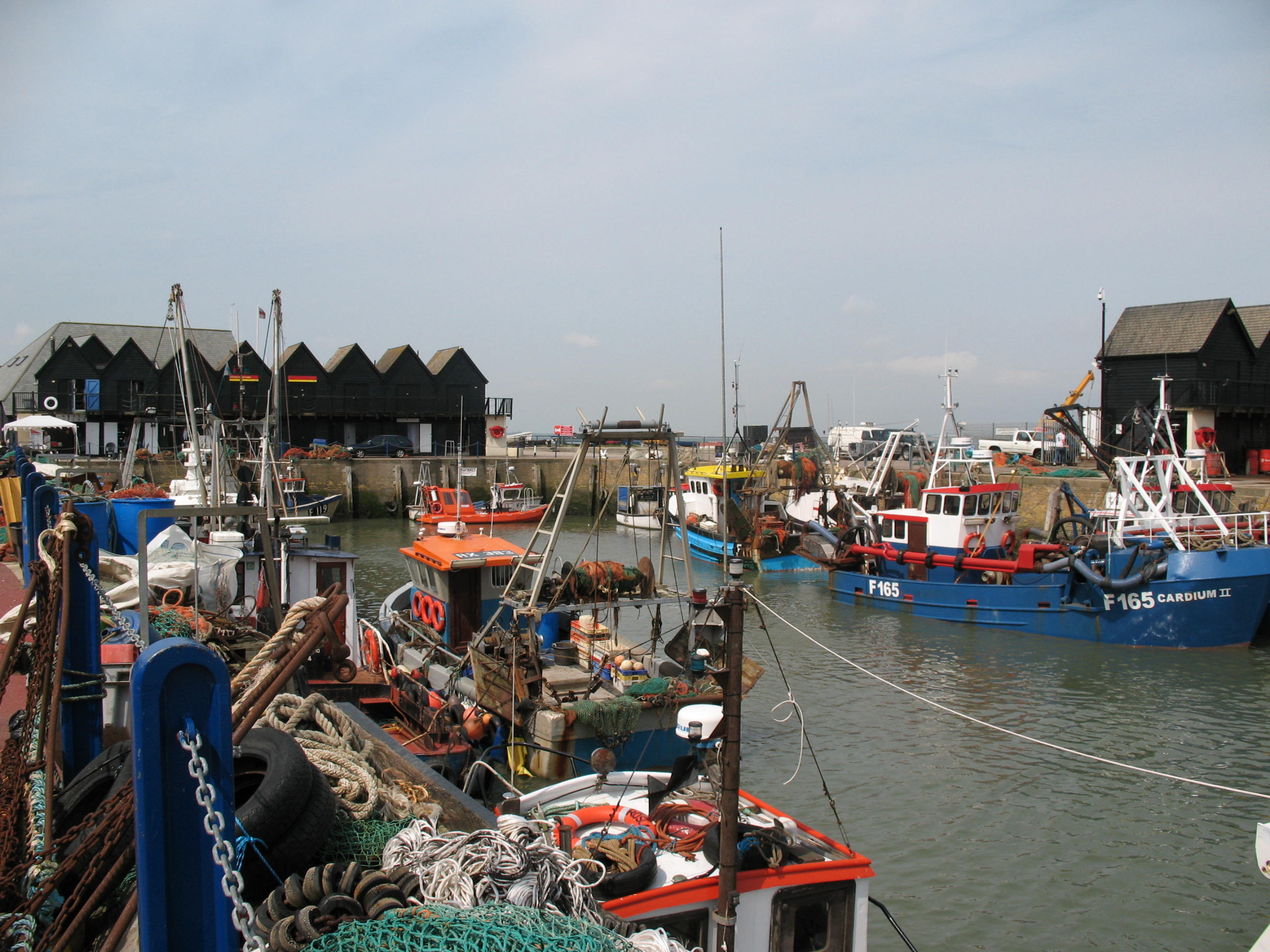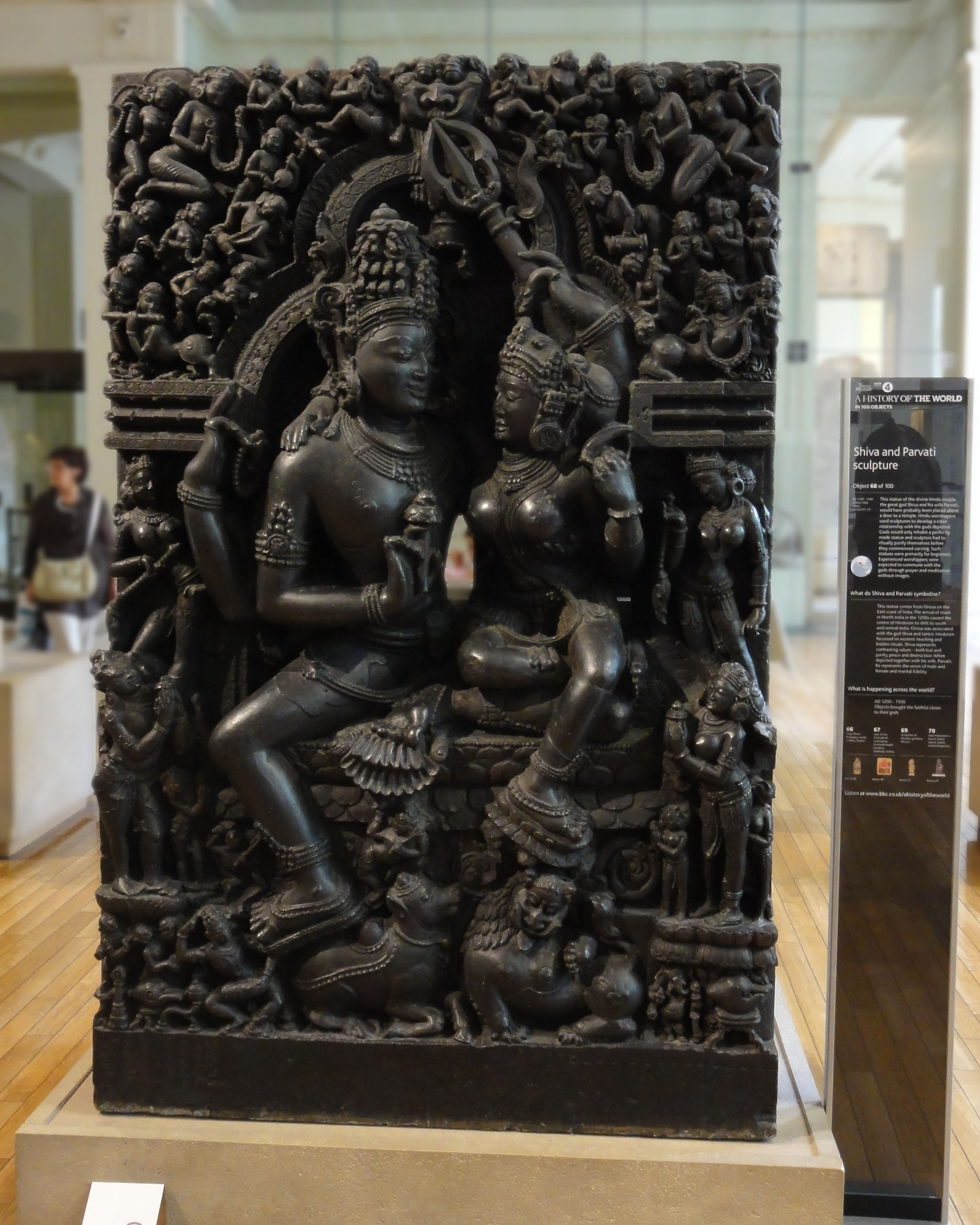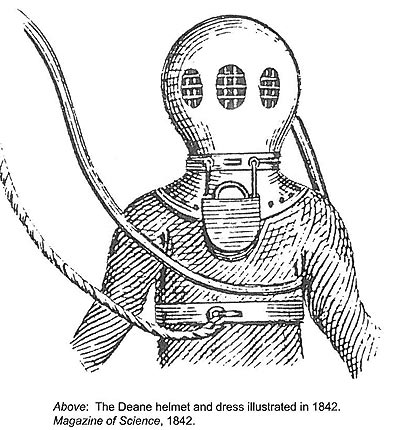|
Whitstable Museum And Gallery
Whitstable Museum is a heritage centre in Whitstable, Kent, with Invicta (locomotive), Invicta, one of the world's oldest steam engines, the history of the local oyster trade and historical Surface supplied diving, diving equipment. History The present museum was established in 1985.Information from museum spokesperson The museum received the Nautiek Award, for services to Surface supplied diving, diving history, in 2001; the first time the award had been given to a UK establishment. In 2015, the museum was reopened following a refurbishment, part-funded by a £15,000 grant from Arts Council England. The building's small doorway opens up into a large hall of displays. In 1881, the Ancient Order of Foresters bought the building, and inscribed "Foresters' Hall" over the door. Exhibits The museum has collection (museum), collections and displays on themes of the natural world, local oyster trade, early diving and the actor, Peter Cushing, who lived locally, as well as displays on ... [...More Info...] [...Related Items...] OR: [Wikipedia] [Google] [Baidu] |
Whitstable
Whitstable () is a town on the north coast of Kent adjoining the convergence of the Swale Estuary and the Greater Thames Estuary in southeastern England, north of Canterbury and west of Herne Bay. The 2011 Census reported a population of 32,100. The town, formerly known as Whitstable-on-Sea, was famous for its 'Native Oysters' which were collected from beds beyond the low water mark from Roman times until the mid-20th century. The annual Whitstable Oyster Festival takes place during the summer. In 1830, one of the earliest passenger railway services was opened by the Canterbury and Whitstable Railway Company. In 1832 the company built a harbour and extended the line to handle coal and other bulk cargos for the City of Canterbury. The railway has closed but the harbour still plays an important role in the town's economy. The railway route, known as The Crab and Winkle Line, is now a cycle path which leads to the neighbouring city of Canterbury. History Archaeological finds ... [...More Info...] [...Related Items...] OR: [Wikipedia] [Google] [Baidu] |
Maritime Archaeology
Maritime archaeology (also known as marine archaeology) is a discipline within archaeology as a whole that specifically studies human interaction with the sea, lakes and rivers through the study of associated physical remains, be they vessels, shore-side facilities, port-related structures, cargoes, human remains and submerged landscapes. A specialty within maritime archaeology is nautical archaeology, which studies ship construction and use. As with archaeology as a whole, maritime archaeology can be practised within the historical, industrial, or prehistoric periods. An associated discipline, and again one that lies within archaeology itself, is underwater archaeology, which studies the past through any submerged remains be they of maritime interest or not. An example from the prehistoric era would be the remains of submerged settlements or deposits now lying under water despite having been dry land when sea levels were lower. The study of submerged aircraft lost in lakes, r ... [...More Info...] [...Related Items...] OR: [Wikipedia] [Google] [Baidu] |
Underwater Diving
Underwater diving, as a human activity, is the practice of descending below the water's surface to interact with the environment. It is also often referred to as diving, an ambiguous term with several possible meanings, depending on context. Immersion in water and exposure to high ambient pressure have physiological effects that limit the depths and duration possible in ambient pressure diving. Humans are not physiologically and anatomically well-adapted to the environmental conditions of diving, and various equipment has been developed to extend the depth and duration of human dives, and allow different types of work to be done. In ambient pressure diving, the diver is directly exposed to the pressure of the surrounding water. The ambient pressure diver may dive on breath-hold (freediving) or use breathing apparatus for scuba diving or surface-supplied diving, and the saturation diving technique reduces the risk of decompression sickness (DCS) after long-duration deep dives ... [...More Info...] [...Related Items...] OR: [Wikipedia] [Google] [Baidu] |
Common Slipper Shell
''Crepidula fornicata'' is a species of medium-sized sea snail, a marine gastropod mollusc in the family Calyptraeidae, the slipper snails and cup and saucer snails. It has many common names, including common slipper shell, common Atlantic slippersnail, boat shell, quarterdeck shell, fornicating slipper snail, Atlantic slipper limpet and it is in Britain as the "common slipper limpet". Description The size of the shell is 20–50 mm. The maximum recorded shell length is 56 mm.Welch J. J. (2010). "The "Island Rule" and Deep-Sea Gastropods: Re-Examining the Evidence". '' PLoS ONE'' 5(1): e8776. . This sea snail has an arched, rounded shell. On the inside of the shell there is a white "deck", which causes the shell to resemble a boat or a slipper, hence the common names. There is variability in the shape of the shell: some shells are more arched than others. Groups of individuals are often found heaped up and fastened together, with the larger, older females below ... [...More Info...] [...Related Items...] OR: [Wikipedia] [Google] [Baidu] |
A History Of The World In 100 Objects
''A History of the World in 100 Objects'' was a joint project of BBC Radio 4 and the British Museum, consisting of a 100-part radio series written and presented by British Museum director Neil MacGregor. In 15-minute presentations broadcast on weekdays on Radio 4, MacGregor used objects of ancient art, industry, technology and arms, all of which are in the British Museum's collections, as an introduction to parts of human history. The series, four years in planning, began on 18 January 2010 and was broadcast over 20 weeks. * * * * A book to accompany the series, ''A History of the World in 100 Objects'' by Neil MacGregor, was published by Allen Lane on 28 October 2010. The entire series is also available for download along with an audio version of the book for purchase. The British Museum won the 2011 Art Fund Prize for its role in hosting the project. In 2016, a touring exhibition of several items depicted on the radio programme, also titled ''A History of the World in 100 Obj ... [...More Info...] [...Related Items...] OR: [Wikipedia] [Google] [Baidu] |
Samian Ware
Terra sigillata is a term with at least three distinct meanings: as a description of medieval medicinal earth; in archaeology, as a general term for some of the fine red Ancient Roman pottery with glossy surface slips made in specific areas of the Roman Empire; and more recently, as a description of a contemporary studio pottery technique supposedly inspired by ancient pottery. Usually roughly translated as 'sealed earth', the meaning of 'terra sigillata' is 'clay bearing little images' (Latin ''sigilla''), not 'clay with a sealed (impervious) surface'. The archaeological term is applied, however, to plain-surfaced pots as well as those decorated with figures in relief. Terra sigillata as an archaeological term refers chiefly to a specific type of plain and decorated tableware made in Italy and in Gaul (France and the Rhineland) during the Roman Empire. These vessels have glossy surface slips ranging from a soft lustre to a brilliant glaze-like shine, in a characteristic colou ... [...More Info...] [...Related Items...] OR: [Wikipedia] [Google] [Baidu] |
Margate
Margate is a seaside resort, seaside town on the north coast of Kent in south-east England. The town is estimated to be 1.5 miles long, north-east of Canterbury and includes Cliftonville, Garlinge, Palm Bay, UK, Palm Bay and Westbrook, Kent, Westbrook. The town has been a significant maritime port since the Middle Ages, and was associated with Dover as part of the Cinque Ports in the 15th century. It became a popular place for holidaymakers in the 18th century, owing to easy access via the Thames, and later with the arrival of the railways. Popular landmarks include the sandy beaches and the Dreamland Margate, Dreamland amusement park. During the late 20th century, the town went into decline along with other British seaside resorts, but attempts are being made to revitalise the economy. History Margate was listed in the Domesday Book of 1086 as lying within the hundred of Thanet and the county of Kent. Margate was recorded as "Meregate" in 1264 and as "Margate" in 1299, b ... [...More Info...] [...Related Items...] OR: [Wikipedia] [Google] [Baidu] |
Hindostan (1796)
''Hindostan'' was an East Indiaman of the East India Company. She was a large vessel of 1,463 tons (bm), launched in 1796 to replace a previous ''Hindostan'' that the Royal Navy had bought and turned into a Fourth Rate ship of the line. Her owner was Robert Williams, M.P., who had been the owner of the previous ''Hindostan''. She made three complete voyages. She was lost on her fourth voyage, wrecking at Margate in January 1803. Voyages As was typical for East Indiamen during wartime, ''Hindostan'' made her voyages under a letter of marque, which authorized her to capture enemy vessels should the opportunity arise. First voyage (1797-1798) For her first voyage ''Hindostan'' was under Captain William Mackintosh, who sailed her to Bombay and China. Before leaving, she had the misfortune to run over ''Thomas and Alice'' in Blackwell Reach on 21 January 1797, sinking the smaller ship. ''Hindostan'' left for the Far East on 18 March 1797, via Bombay, Cochin, and Malacca, befor ... [...More Info...] [...Related Items...] OR: [Wikipedia] [Google] [Baidu] |
East Indiaman
East Indiaman was a general name for any sailing ship operating under charter or licence to any of the East India trading companies of the major European trading powers of the 17th through the 19th centuries. The term is used to refer to vessels belonging to the Austrian, Danish, Dutch, English, French, Portuguese, or Swedish companies. Some of the East Indiamen chartered by the British East India Company were known as "tea clippers". In Britain, the East India Company held a monopoly granted to it by Queen Elizabeth I of England in 1600 for all English trade between the Cape of Good Hope and Cape Horn. This grant was progressively restricted during the late 18th and early 19th centuries, until the monopoly was lost in 1834. English (later British) East Indiamen usually ran between England, the Cape of Good Hope and India, where their primary destinations were the ports of Bombay, Madras and Calcutta. The Indiamen often continued on to China before returning to England via t ... [...More Info...] [...Related Items...] OR: [Wikipedia] [Google] [Baidu] |
Diving Helmet
A diving helmet is a rigid head enclosure with a breathing gas supply used in underwater diving. They are worn mainly by professional divers engaged in surface-supplied diving, though some models can be used with scuba equipment. The upper part of the helmet, known colloquially as the ''hat'' or ''bonnet'', may be sealed directly to the diver using a ''neck dam'', connected to a diving suit by a lower part, known as a ''breastplate'', or ''corselet'', depending on regional language preferences. or simply rest on the diver's shoulders, with an open bottom, for shallow water use. The helmet isolates the diver's head from the water, allows the diver to see clearly underwater, provides the diver with breathing gas, protects the diver's head when doing heavy or dangerous work, and usually provides voice communications with the surface (and possibly other divers). If a helmeted diver becomes unconscious but is still breathing, most helmets will remain in place and continue to deliver b ... [...More Info...] [...Related Items...] OR: [Wikipedia] [Google] [Baidu] |
Siebe Gorman
Siebe Gorman & Company Ltd was a British company that developed diving equipment and breathing equipment and worked on commercial diving and marine salvage projects. The company advertised itself as 'Submarine Engineers'. It was founded by Augustus Siebe , a German-born British engineer chiefly known for his contributions to diving equipment. Siebe plc started in the 1970s as a continuation of Siebe Gorman when Siebe Gorman started to take over other firms, to mean the new conglomerate to distinguish it from Siebe Gorman's original breathing apparatus and diving gear core business. Siebe plc was once one of the United Kingdom's largest engineering businesses. It was a constituent of the FTSE 100 Index but in 1999 it merged with BTR plc to form Invensys. Invensys was taken over by the French multinational Schneider Electric for £3.4 billion in January 2014. History *1788: Augustus Siebe was born in Saxony in Germany, named Christian Augustus Siebe.pages 16 etseq, ''The Inte ... [...More Info...] [...Related Items...] OR: [Wikipedia] [Google] [Baidu] |



.jpg)


.jpg)

